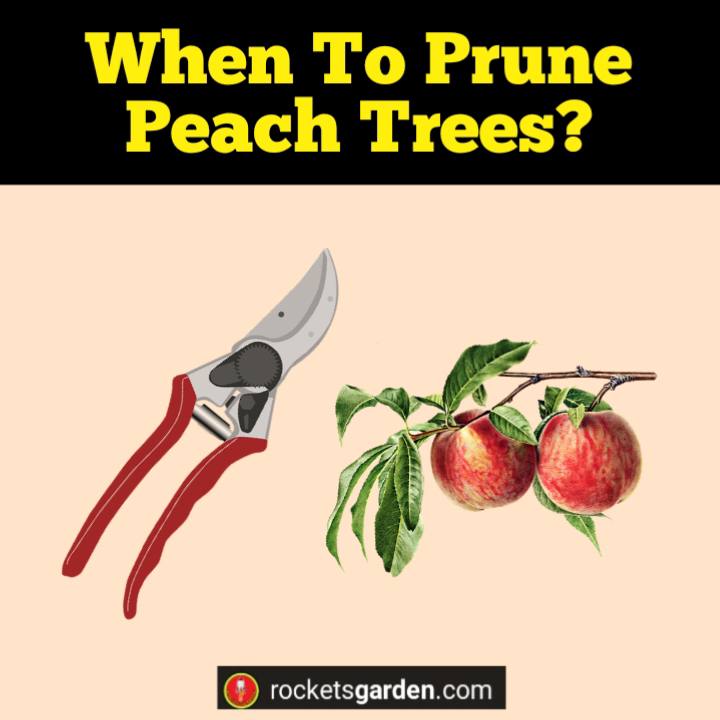
Pruning is an important part of growing fruit trees. It can be used to control pests and diseases, improve air circulation in your yard or garden, and encourage fruiting canes. But when should you prune peach trees?
In order to decide when to prune peach trees, you need to know a bit about their growth patterns and what pruning actually does.
Peach trees are best known for their open center growth habit; this means that their leaves grow outward from the trunk of the tree, rather than inwards like most other fruit-bearing trees.
This is because “open center” peaches have more access to light than other kinds of fruit-bearing plants (like apples or oranges), which makes them more efficient at photosynthesis—the process by which plants convert sunlight into food energy.
When it comes time for your peach tree’s branches to be pruned back after they’ve had plenty of time to grow out naturally over the years, there’s no need for any kind of special equipment besides some gloves (if applicable) and an axe or hatchet (if applicable). Simply make sure you’re wearing protective gear before getting started.
Peach trees can be grown in a variety of ways.
Peach trees can be grown in a variety of ways. The open center system is the most common, with the tree growing from one central trunk and spreading out to form multiple branches.
This type of peach tree has a few advantages: it produces more fruit per season, it’s easy to manage, and it doesn’t need much space or maintenance.
Vase-shaped trees are also popular among home gardeners because they’re simple to grow and don’t require much care once they’ve been planted.
These types of trees do tend to have fewer flowers than their “fan” counterparts (more on that later).
They’re also better suited for smaller gardens because they don’t require as much room—just enough room so that there isn’t any crowding around your plants.
The most common method is the open center system, which combines an upright central leader and lateral branching to create a vase shaped tree.
This type of pruning is usually performed in late winter or early spring when the sap has been rising for many months and can be done without any special equipment.
When it comes to fruit production (the number of peaches produced per plant), an open center system produces more than other types of trees because it allows for more sunlight penetration through leafy branches when compared with other types of pruning systems.
Pruning your fruit trees is vital to their success, because it reduces disease, increases air circulation, and encourages fruiting canes.
Pruning is an essential part of growing fruit trees, because it helps to reduce disease and insect problems. It also opens up your tree to sunlight and air circulation, encouraging fruiting canes.
Pruning is the best way to encourage new growth on your fruit trees because it allows them to grow in size without crowding out other plants or causing harm to existing ones.
In addition, pruning will help keep them healthy by opening up gaps between branches that could otherwise be filled with fungus or bacteria from touching each other too much; this prevents rotting fruit from falling off the plant prematurely.
For peach trees the optimal time to prune them is late winter or very early spring before bud break and while the tree is still dormant.
Pruning peach trees is best done in late winter or early spring, just before bud break. This is because pruning while they are still dormant will help them focus on root growth and leaf growth, respectively.
It’s also important that you prune your peach tree at the right time of year because it’s possible for pests to be active during this time period.
For example if you try to prune your peach tree too early or too late then there may be an issue with pests getting into your fruit crop so it’s always better to know the right time.
Conclusion
The best time to prune your peach trees is during very early spring before bud break and while the tree is still dormant. This will result in higher yields of more marketable peaches while reducing insect and disease problems.
Pruning peach trees will result in higher yields of more marketable peaches while reducing insect and disease problems.
